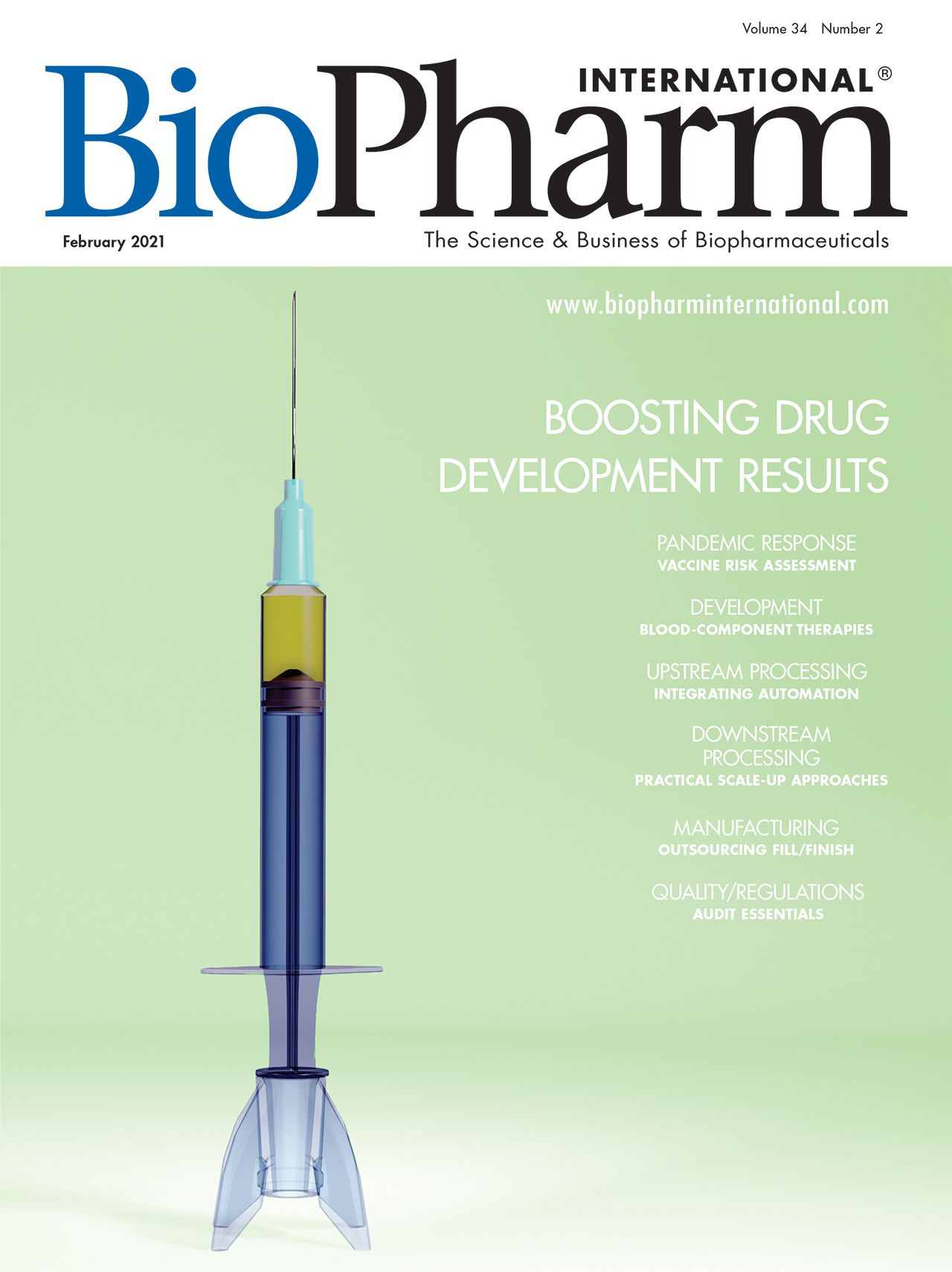Editor’s Note:
This article was originally published online on Jan. 25, 2021.
A complicated vaccination rollout and mixed messages may derail the pandemic endgame
As the COVID-19 pandemic entered its second year, vaccines from Moderna and Pfizer-BioNTech were being distributed throughout the United States; however, the initial rollout was characterized by confusion, supply shortages, and information gaps overshadowing the impressive performance of drug companies and researchers to bring COVID-19 vaccines to people in less than one year.
As of Jan. 24, 2021, the US had administered more than 22 million doses of the vaccine, representing 54% of the doses delivered and about one-third of the global doses administered, according Bloomberg data (1). And while the vaccination rate was scaling up to the Biden administration goal of 100 million vaccines for the first 100 days, the nation still had a long way to go and a lot of bugs to work out.
This article was originally published online on Jan. 25, 2021.
As governors clamored for increased and more predictable supplies of vaccines, Rochelle Walensky, the new director of the US Centers for Disease Control and Prevention (CDC) told Fox News on Jan. 24, 2021 that based on the information from the previous administration, the federal government did not know how much vaccine was available and could not tell state officials how many doses they would receive (2).
Some disruption is to be expected with any government transition; the incoming administration criticized the planning efforts of the Trump administration and many local governments are struggling to implement efficient distribution programs. Still, the lack of a reliable inventory of COVID-19 vaccines—and the poor communication with the public—is unacceptable.
In late January, with an uncertain number of vaccine doses available and mutations of the SARS-CoV-2 vaccine threatening more widespread infections, some leaders are suggesting ways to get more doses out of the existing supply. With the United Kingdom considering delays in the dispensing of the second dose of vaccines, a recent CDC statement created confusion in the US.
On Jan. 21, 2021, CDC updated its guidance for administering the vaccines, noting that while the second dose of the COVID-19 vaccines should be administered as close as possible to the recommended schedule—21 days for the Pfizer-BioNTech vaccine and 28 days for the Moderna vaccine—the second dose could be administered up to six weeks after the first. In addition, CDC said in the guidance that in “exceptional situations” where the first-dose vaccine product cannot be determined or is no longer available, any available mRNA COVID-19 vaccine could be administered (3).
For some, this guidance suggests a delay in getting the second dose of the vaccine is acceptable. Walensky strongly clarified that the CDC was not recommending a change in the dosing regimen and urged people to follow the original FDA-authorized dosing guidelines. The January 21 statement, she said, was only for specific situations where FDA recommendations could not be followed (2).
Recently, I’ve heard vaccinated first responders and teachers tell news reporters that they were relieved that the vaccine would protect their families from getting the virus. The reporters failed to clarify that the vaccine has not been proven to prevent transmission. Mask wearing and social distancing are still in order.
For the average person, such government statements and medical details can be confusing. Walensky expects vaccine production to ramp up with fewer supply issues by the end of the first quarter. That leaves little time for the public health information void to be filled with clear, trusted communication.
1. Bloomberg, “More Than 65.7 Million Shots Given: Covid-19 Tracker,” www.bloomberg.com, accessed Jan. 25, 2021.
2. Fox News Sunday, “CDC director predicts COVID-19 vaccine distribution will increase dramatically by late March,” Interview, Jan. 24, 2021.
3. CDC, Interim Clinical Considerations for Use of mRNA COVID-19 Vaccines Currently Authorized in the United States, www.cdc.gov, accessed Jan. 24, 2021. u
Rita C. Peters is editorial director of BioPharm International.
BioPharm International
Vol. 34, No. 2
February 2021
Page: 8
When referring to this article, please cite is as R. Peters, “A Hopeful but Dangerous Phase,” BioPharm International 34 (2) 2021.

Thermo Fisher Opens Advanced Therapies Collaboration Center in California
April 18th 2025The 6000-square-foot facility will provide cell therapy developers the support they need to transition to CGMP manufacturing, and an expanded footprint of the new center is expected to open in Philadelphia later in 2025.